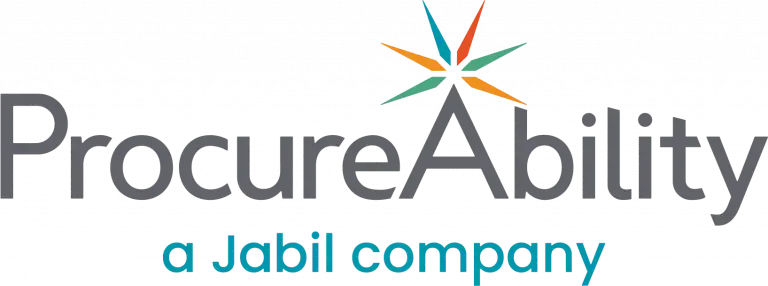From Cost to Competitive Edge: The Business Case for Sustainable Procurement

A convergence of forces are accelerating this shift. Expanded global regulations are raising the bar on environmental and social responsibility. At the same time, stakeholders—from investors to employees—are demanding greater transparency. Supply chains face mounting pressure to demonstrate agile, resilient, and ethical alignment with long-term business strategy.
In short, procurement is no longer just about identifying cost savings—it’s about leading the way with value enablement for the business.
Integrating ESG Into Procurement Decisions
The most effective sustainable procurement strategies seamlessly integrate environmental, social, and governance (ESG) factors into supplier evaluation, sourcing decisions, and building strong relationships throughout the value chain. But to be clear, this is not about sacrificing value for virtue. In practice, sustainable procurement often leads to smarter decisions and better outcomes across the board.
Take cost, for example. When organizations shift from a lowest-price mentality to a total cost of ownership approach, sustainability dimensions will organically become a competitive advantage. Choosing products and services based on lifecycle impact—including energy consumption, maintenance, and end-of-life disposal—identifies long-term savings and can reduce operational risks. This approach promotes more efficient resource utilization and drives supplier innovation in key areas such as packaging, logistics, and inventory management.
Enhancing Risk Management Through Sustainability
Sustainable procurement also delivers measurable value in risk management. In today’s complex global supply networks, challenges like shifting tariffs, climate-related disruptions, maritime delays, and geopolitical instability require proactive, agile strategies. A truly sustainable procurement function does more than audit suppliers for compliance: it establishes supplier partnerships focused on building capabilities, enhancing sustainability performance, reducing risks, and creating long-term, shared value. This proactive approach helps identify and address issues before they escalate. We see stronger partnerships emerge when procurement teams work with suppliers to meet performance standards around emissions, labor practices, or sourcing ethics and prioritize collaboration to innovate. These intentional steps protect brand equity, business continuity, and trust with stakeholders and customers.
Driving Growth Through Strategic Sustainability
One of the most compelling cases for sustainable procurement is how it directly aligns with business growth. As procurement plays a larger role in advancing ESG and corporate responsibility goals, it creates opportunities to enter new markets by transforming compliance into competitive advantage, particularly through opening regulatory gateways to restricted markets, such as the EU’s Corporate Sustainability Reporting Directive, which requires companies to provide proof of ethical supply chains in order to gain access to the $18T EU market. It also improves competitiveness for public and private sector contracts, and builds stronger connections with customers who prioritize values-driven decision-making. Procurement teams that step into this role, elevate themselves beyond cost management, becoming strategic partners who contribute directly to long-term enterprise value.
In working with executive teams across industries, I’ve seen how sustainability can be brought to life through practical procurement strategies. It often starts with category management— looking for where sustainable procurement goals fit into sourcing and where suppliers can help drive innovation. From there, organizations build strong governance, invest in tools for visibility, and define clear metrics to track progress and impact.
Sustainability as a Cornerstone of Procurement
The business case is clear: sustainability shifts procurement from a cost center to a value driver in the short-term to mitigate risks and unlock savings. And in the long-term, it fuels growth, attracts capital and talent, and future-proofs operations for the organization. It enables organizations to move faster, operate smarter, and lead with integrity. And for all of us who focus on shaping the future of procurement, sustainability is one of the most innovative levers we have to drive value and create meaningful impact.
Sustainability is no longer an afterthought in procurement—it’s a cornerstone.
Author:




